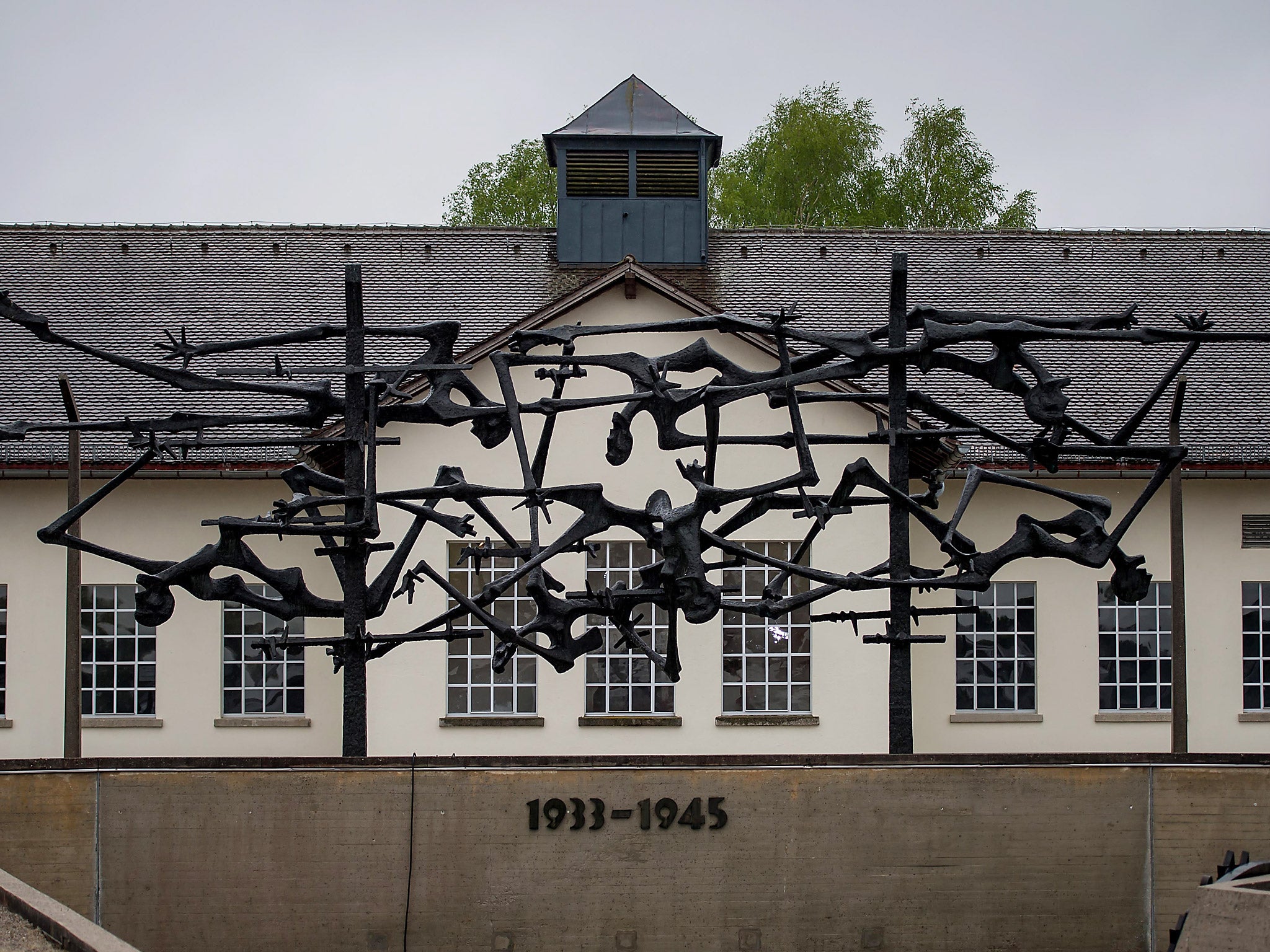Nazi Dachau concentration camp gate found 1,100 miles away in rural Norway
German Chancellor Angela Merkel called it 'appalling' crime, but nearly two years on, no one has been arrested

Your support helps us to tell the story
From reproductive rights to climate change to Big Tech, The Independent is on the ground when the story is developing. Whether it's investigating the financials of Elon Musk's pro-Trump PAC or producing our latest documentary, 'The A Word', which shines a light on the American women fighting for reproductive rights, we know how important it is to parse out the facts from the messaging.
At such a critical moment in US history, we need reporters on the ground. Your donation allows us to keep sending journalists to speak to both sides of the story.
The Independent is trusted by Americans across the entire political spectrum. And unlike many other quality news outlets, we choose not to lock Americans out of our reporting and analysis with paywalls. We believe quality journalism should be available to everyone, paid for by those who can afford it.
Your support makes all the difference.Police are still completely bemused as to how an iron gate stolen from one of Nazi Germany’s biggest concentration camps ended up in Norwegian countryside.
Detectives, who have completed their investigation, say they have no clue as to how the metal door from Dachau reached a small village near Bergen more than 1,100 miles away.
The 100kg black iron gate, bearing the infamous slogan ‘Arbeit macht frei (work will set you free), was stolen in November 2014.

German Chancellor Angela Merkel called the crime “appalling”, before it was discovered in December in Gaupås after an anonymous tip-off.
“We do not know the gate’s history. We have no information on how it ended up in Gaupås,” said police inspector Paal Duley, speaking to the city’s tabloid Bergensavisen on Tuesday.
No DNA traces have reportedly been found, no arrests have been made and the Ministry of Culture have been asked how best to transport it back to Germany.
The gate was a 1965 replica of the original one, when the camp opened as a memorial site.
Dachau, which lies around 12 miles north-west of Munich, was the first of the Nazi concentration camps in 1933 when it opened just two months after Adolf Hitler became Chancellor.
Originally set up to incarcerate political prisoners, it slaughtered 32,000 including Jews, not including thousands more who were undocumented.
Approximately 800,000 people visit each year.
Karl Freller, head of the Bavarian Memorial Foundation, said in December: “It is a relief to me that this original evidence of the Nazis' cynicism and contempt for humans has been rediscovered.”
Join our commenting forum
Join thought-provoking conversations, follow other Independent readers and see their replies
Comments